Disclosure About Using Winter Picture From Reinebringen
Back in 2022, there was some backlash when a tourist got stuck on Reinebringen, and Visit Lofoten came under fire for featuring a winter photo of the mountain on their website. In response, they removed the image.
We’ve chosen to include a winter photo (yes, it’s a stock image) to show Reinebringen’s iconic view, making it instantly recognizable. However, removing winter images altogether isn’t going to prevent people from attempting the hike. With so much information circulating on social media, simply pretending the problem doesn’t exist isn’t a solution.
Instead of burying our heads in the sand, we believe the right approach is transparency: show the beauty of Reinebringen in winter with clear warnings. Rather than assuming everyone will get stuck or injured, we aim to provide proper guidance.
There are experienced hikers, skiers, and climbers who have the knowledge, skills, and gear to tackle Reinebringen in winter. If you’re comfortable skiing down Stornappstinden, you probably have the expertise (and equipment) to handle winter conditions on Reinebringen.
The real issue is the large number of inexperienced, ill-prepared hikers drawn to the mountain by social media images. They often have more confidence than information, leading to avoidable accidents.
So, while not every attempt to climb Reinebringen in winter is doomed, let’s be honest—this climb is not for everyone in winter. It’s a serious undertaking with objective dangers, and it’s important to know your limits.
Reinebringen Trail Is Closed Off in Winter
Reinebringen is originally a summer trail, but many tourists consider it a year-round hike due to the widespread exposure through images on social media.
To prevent accidents and rescue operations, the Moskenes municipality placed a chain at the trailhead last autumn (2023).
The chain will be in place from some time in October until the end of April each year.
This is a clear signal that the trail is unsafe during winter due to icy and unpredictable conditions. So, if you plan to hike Reinebringen, save it for the summer and stay safe out there!
“We can’t stop people from hiking Reinebringen in winter, but the chain at the trail entrance shows just how risky it is. Lofoten’s weather changes fast, so even if the conditions seem fine, the chain stays up as a precaution. Ice can form on the stairs unexpectedly, and snow or rock slides are always risky. We can’t predict these dangers with certainty, which is why the chain remains in place throughout the whole winter.”
– Moskenes municipality
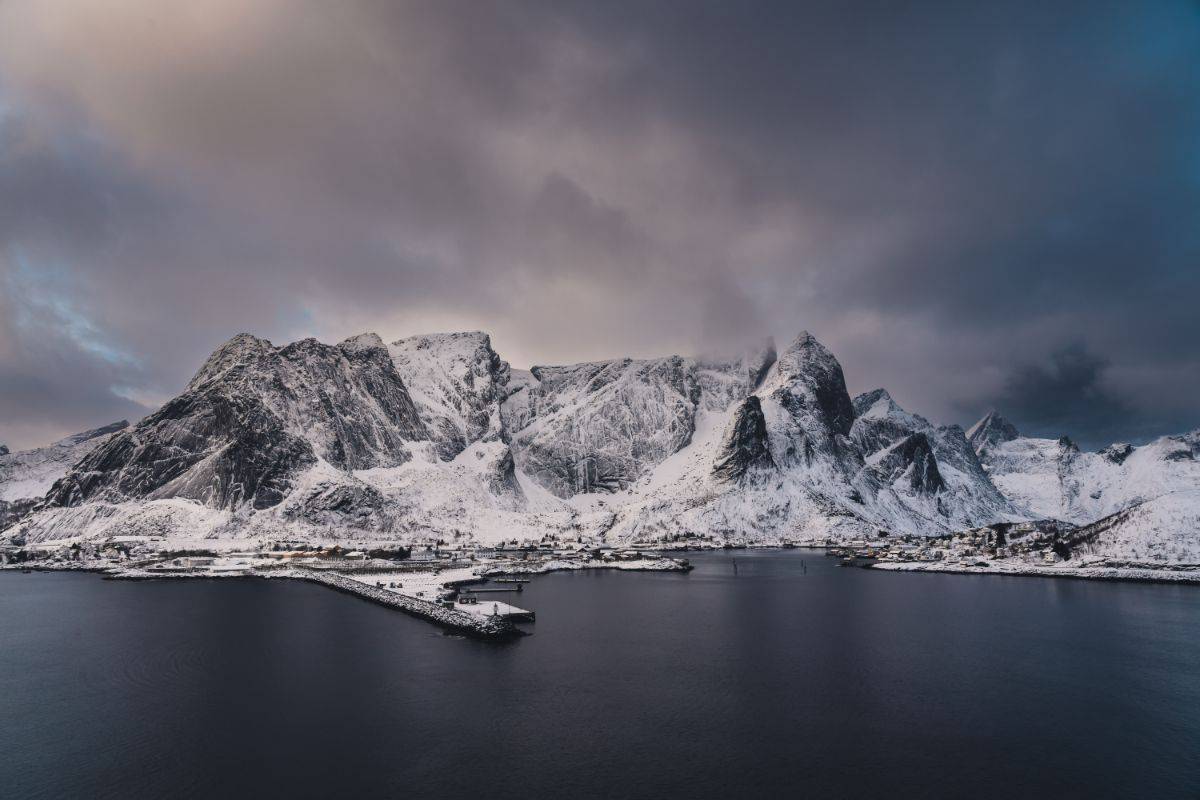
The peak on the left side of the picture is Reinebringen. The trail starts from the mountain’s opposite side but is still very steep.
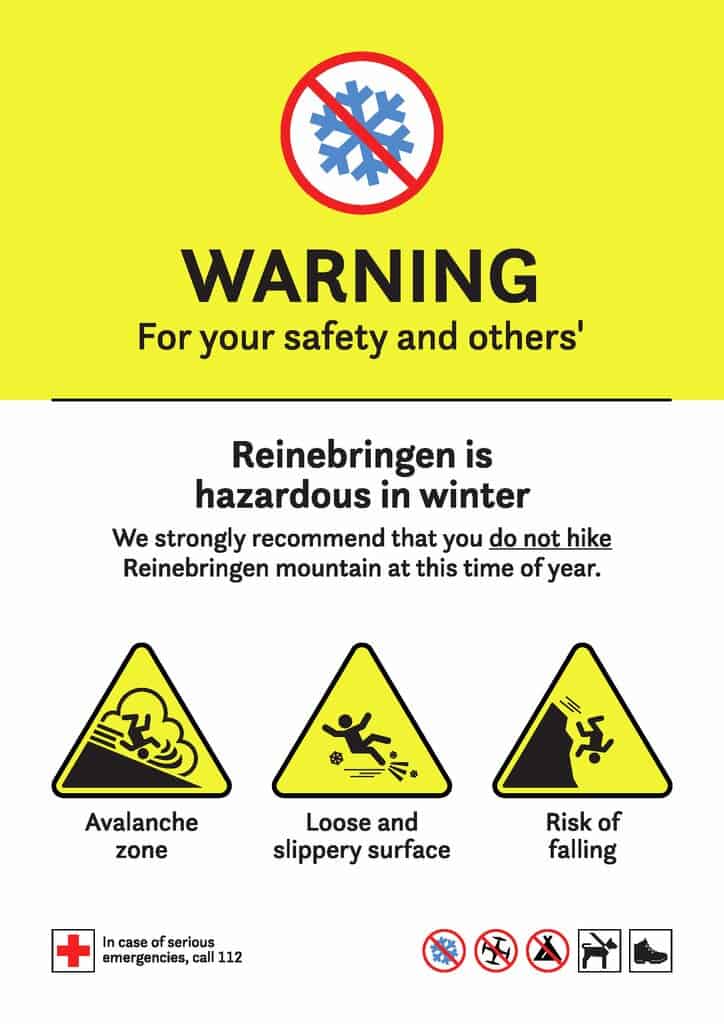
The Sherpa stairs were supposed to make hiking Reinebringen safer
Not so long ago, Reinebringen was considered one of the most dangerous trails in Lofoten, and that was during summer.
The combination of the trail’s steepness, muddy conditions, and severe erosion made it risky, with hikers regularly dislodging rocks that fell on those below. There was even talk of closing the trail entirely.
Instead, the Sherpa stairs were built to improve safety, and they worked—at least for the summer months.
However, this has shifted the safety issues to winter, as many now perceive Reinebringen as an easy, year-round hike, which couldn’t be further from the truth.
The trail is challenging in winter, with ice and snow making the stairs slippery and dangerous.
So, while the stairs helped reduce accidents in summer, they haven’t eliminated the risks, especially in the colder months.
It’s Not Just the Winter—It’s the Inexperienced Hikers
The problem with Reinebringen isn’t just the winter conditions, it’s the fact that the trail draws in hikers who aren’t prepared for the challenges.
Yes, people can and do climb Reinebringen in winter—there are much harder mountains being climbed.
However, the issue is that many hikers heading up Reinebringen in winter don’t know how to assess the risks, such as steepness, icy surfaces, or avalanche dangers.
Worse, they go without essential equipment, like crampons or ice axes on difficult days, or microspikes on less extreme days.
There are definitely people who can handle Reinebringen in winter—they know the conditions, have the right gear, and have the experience to back it up.
But are you sure you’re one of them?
What are the dangers of hiking Reinebringen in winter?
⚠️ Steep Climb: Reinebringen is challenging for many, even on a good day. In winter, it’s even harder. The Sherpa stairs, which generally make the hike more manageable, can disappear under snow, leaving you with a steep, unmarked trail, especially in the uppermoast section. It is easier to go up than down.
⚠️ Hidden Ice: What looks like soft snow often hides a layer of ice underneath, making the trail dangerously slippery. If you take one wrong step, you could easily fall.
⚠️ Exposed Ridge: The ridge at the top is narrow and exposed and gets incredibly slick in winter. Combine that with the risk of strong winds, and it’s a recipe for serious danger. The weather at the top is often much worse than at the trailhead, and many hikers get caught off guard by gale-force winds after failing to check the weather forecast.
⚠️ Avalanche Zones: Parts of the trail cross areas prone to snow and rock avalanches. Do you know where to check for avalanche danger? And more importantly, do you know how to read the terrain and conditions? If the answer is no, you probably shouldn’t be up there. Understanding avalanche risk requires more than just a weather app—it’s about knowing how the snowpack has developed, what the wind has been doing, and recognizing warning signs in the terrain.
⚠️ Lack of Equipment:
Most people who attempt Reinebringen in winter aren’t ready for the conditions they’ll face. Having the right gear, like microspikes and hiking poles, can significantly lower your risk on those “easier” winter days. They give you better grip and stability, helping you manage the icy and slick trail.
That said, when conditions get tougher, Reinebringen becomes off-limits for most hikers. For experienced climbers, though, it shifts from a hike to a serious climb, requiring gear like ice axes and crampons. It’s not just about the trail—it’s about having the skills and the equipment!







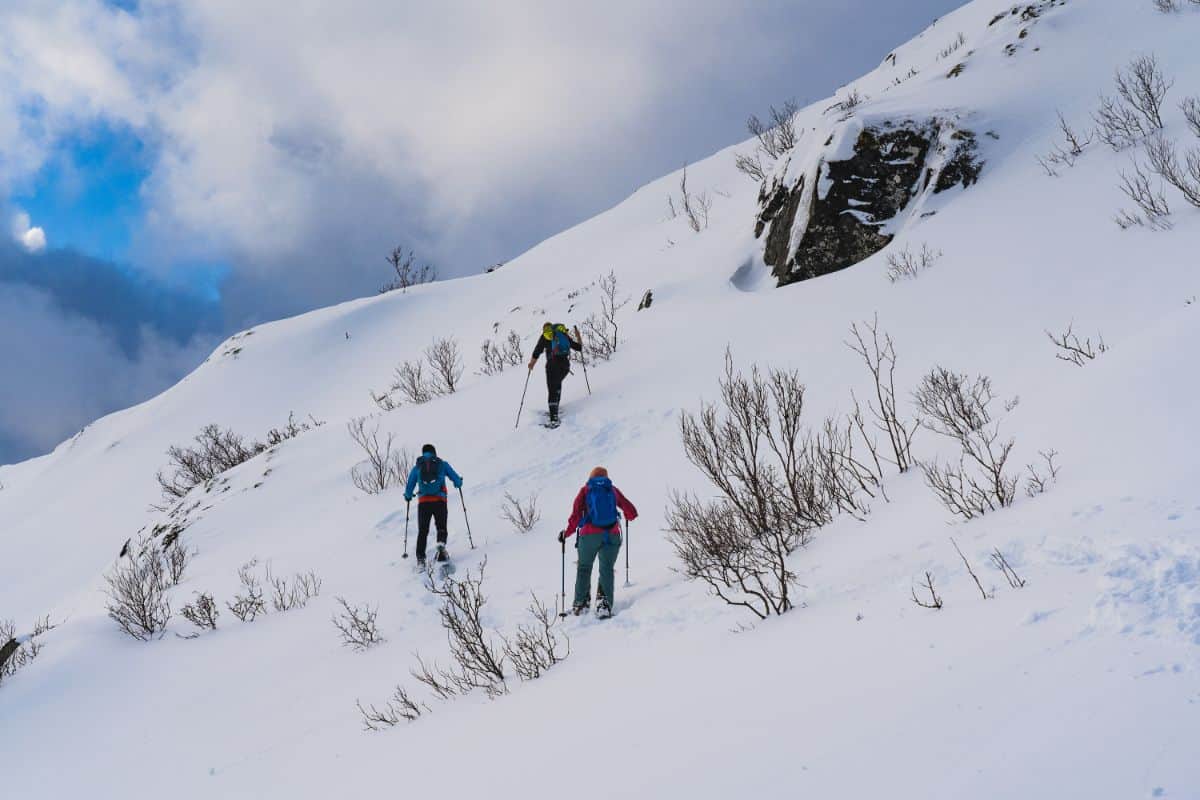


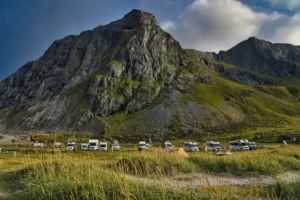
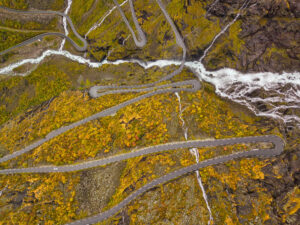
One Response
What a great article! I’ve been in Reinebringen a few times, and I agree that you should skip it in winter!